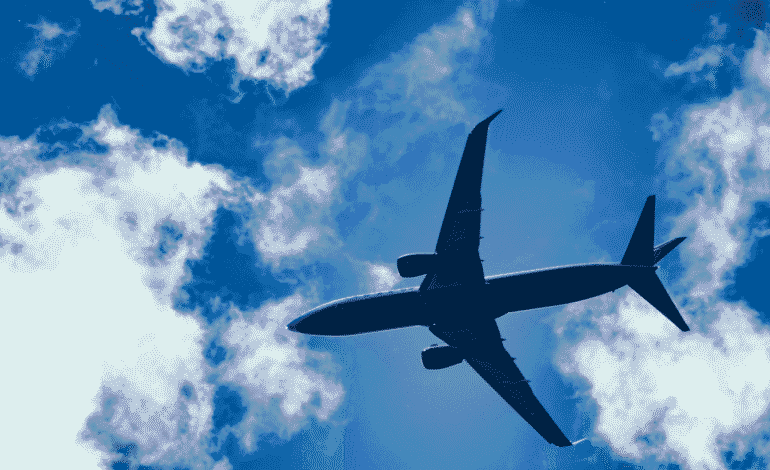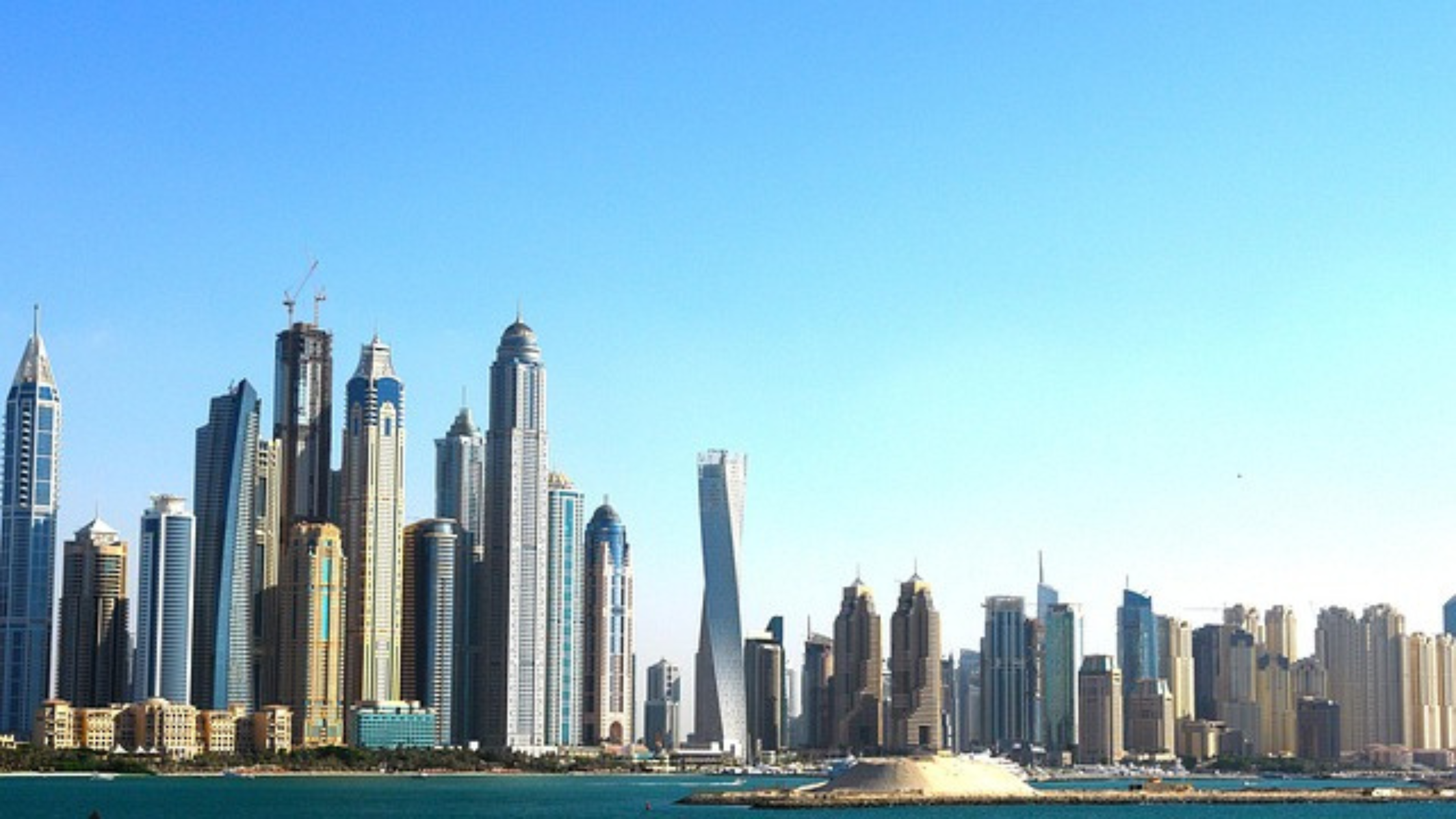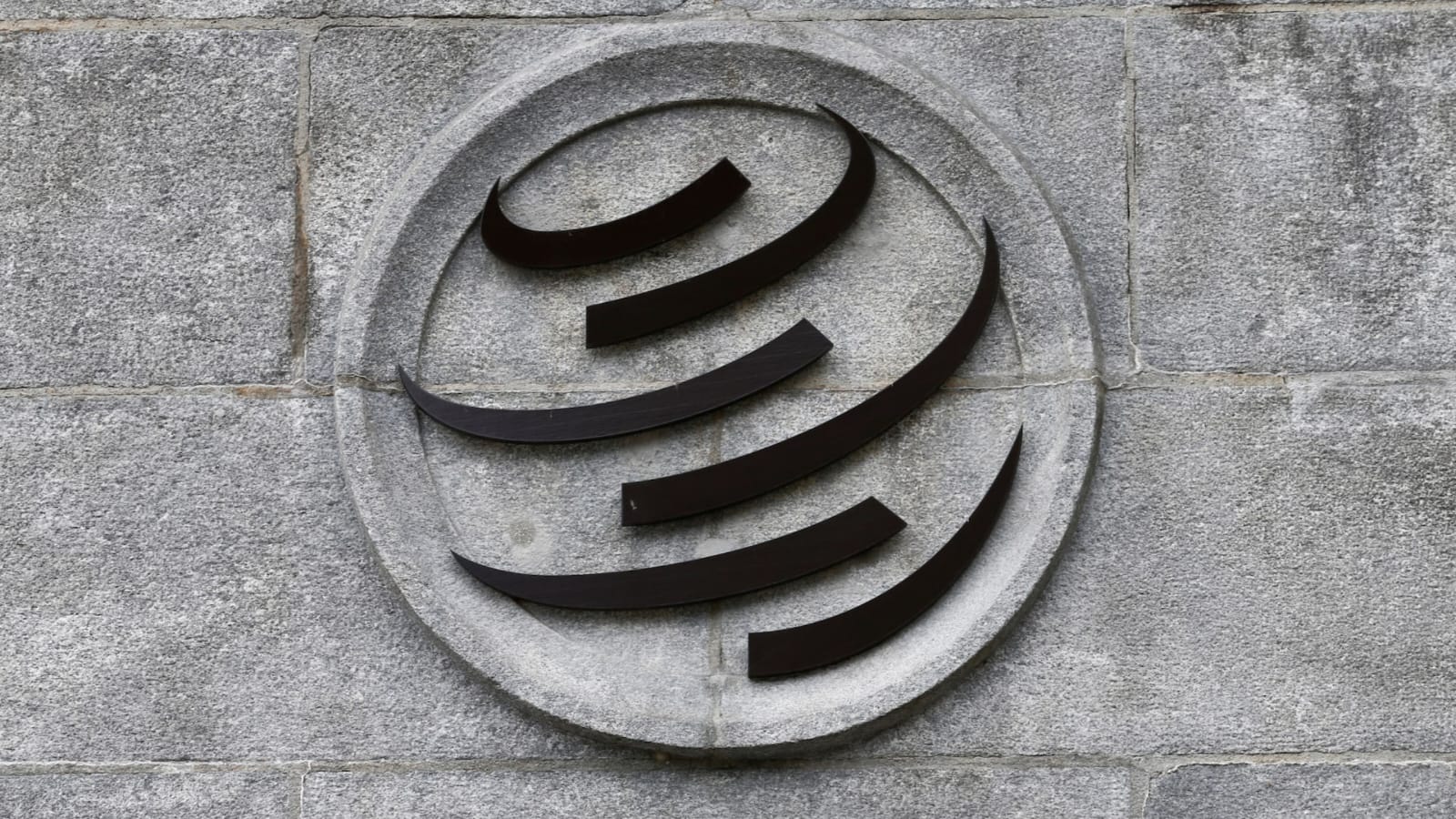Syrian Air Resumes UAE Flights, Reconnecting Damascus with the Gulf

A new chapter in regional aviation and diplomatic connectivity began as SyrianAir, the national carrier of Syria, reestablished its direct commercial air route to the United Arab Emirates (UAE). The airline’s inaugural flight touched down at Dubai International Airport, officially marking the revival of a major transportation corridor that had been suspended for years. The move is seen as more than just a logistical update; it is an event that resonates on political, economic, and emotional levels for millions, particularly the vast Syrian expatriate population residing across the UAE. This initial flight from Damascus to Dubai launches what is expected to be a gradual yet robust reconnection of Syria to Gulf markets and people, symbolizing a return of Syria’s civil aviation efforts to regional skies.
As regional powers look toward restoring historical and economic ties in the Middle East, air connectivity stands as a tangible, high-impact instrument of renewal. SyrianAir’s resumption of services comes at a time when Syria is ramping up its international outreach and striving to rebuild both infrastructure and diplomatic networks. With more than a dozen weekly flights planned and further expansions expected, the airline’s return to UAE airspace signals a new era of accessibility, trade, and social interaction between the two countries.
The First Flight and Its Symbolism
The landing of the Syrian Air aircraft at Dubai International Airport on a calm Sunday morning was not just a scheduled transport operation—it was a statement. It marked the first direct commercial flight between Syria and the UAE in years, a resumption that followed extensive planning and coordination between civil aviation authorities in both countries. According to SyrianAir’s official statement, this flight represents the “exceptional first phase” of what is expected to become a full-fledged, regular air corridor between Damascus and major UAE cities. The aircraft’s arrival was greeted with a quiet, yet palpable, sense of optimism for future cooperation.
Samih Arabi, the Director-General of SyrianAir, accompanied the flight and underscored the strategic nature of this resumption. He expressed the airline’s commitment to restoring Syria’s aerial bridge to the region and to the world, particularly countries like the UAE that host large Syrian expatriate populations. Arabi emphasized that this is not just a transportation development, but a deeply important initiative that reaffirms Syria’s intention to return to regional aviation circles with consistency and confidence.
A Carefully Planned Flight Schedule
Syrian Air has rolled out an initial yet ambitious weekly flight schedule that targets three primary UAE destinations—Dubai, Sharjah, and Abu Dhabi. The capital city of Damascus will serve as the launch point for all routes. Flights to Dubai, the UAE’s busiest and most internationally connected city, will initially operate four times a week—on Saturdays, Mondays, Wednesdays, and Thursdays. The airline plans to increase these to daily flights as demand surges.
Sharjah, known for its strategic location and its appeal to budget-conscious travelers, will be served on Sundays, Tuesdays, and Fridays. Like the Dubai route, this corridor is also poised to become a daily operation in the near future. Meanwhile, the more limited route to Abu Dhabi will operate twice a week, on Tuesdays and Fridays, connecting travelers directly with the capital of the UAE.
Arabi confirmed that the airline’s plans are responsive and scalable. As ticket sales and passenger demand continue to grow, Syrian Air is ready to adapt its frequency and fleet deployment to match market needs. This agility forms the cornerstone of the company’s post-conflict revival strategy and is essential for reconnecting Syrian cities to regional and global hubs.
Aviation as a Catalyst for Rebuilding
Civil aviation plays an indispensable role in a country’s rehabilitation and international re-engagement. For Syria, the reintroduction of direct international flights represents an essential building block in a broader framework of economic revival and foreign relations. The UAE, given its global aviation prominence and its deep-rooted trade and family ties with Syria, was a natural choice for this first wave of international routes.
By restarting flights to the UAE, Syrian Air is effectively paving the way for the resumption of tourism, trade, and labor mobility—three key sectors critical to Syria’s recovery. These connections will boost local economies, enhance commercial exchanges, and support the thousands of Syrian families who rely on uninterrupted movement between Syria and the Emirates for work, education, healthcare, and family matters.
In practical terms, the flights will cut down travel time, reduce transit complexities, and bring down overall costs for travelers. For businesspeople, it means smoother logistics and more efficient travel schedules. For families, it translates into more frequent reunions and easier access to essential services in either country.
Social Connectivity and Emotional Reunification
Beyond commerce and logistics, the emotional weight of these resumed flights cannot be overstated. Millions of Syrians have lived away from home for years, with many of them establishing long-term residences in the UAE. The return of direct air travel offers a vital conduit for emotional reunification between families divided by war, exile, or economic necessity. It opens the door for elderly parents to visit children and grandchildren. It allows students to return home during school holidays. It makes weekend reunions a viable possibility for families split between two countries.
Samih Arabi spoke candidly about this human dimension. He noted that SyrianAir’s mission includes a profound social element—reconnecting people. The ability to board a plane in Damascus and disembark in Dubai or Sharjah within hours restores a sense of normalcy and dignity to the Syrian people. It reinforces the idea that, despite the hardships, connectivity remains a bridge to healing.
Strengthening Regional Ties Through Aviation
While the resumption of flights has been framed primarily in terms of passenger convenience and expatriate needs, its implications stretch into the realm of regional diplomacy. The reactivation of direct air links signifies improving relations and greater mutual trust between Syria and its Gulf neighbors. Over the past few years, diplomatic overtures between Syria and countries such as the UAE have been steadily growing, with a visible softening of policies and increased dialogue.
Air connectivity is often among the first practical indicators of normalization between countries. By resuming these flights, Syrian Air and UAE authorities signal not only a readiness to work together logistically, but also a willingness to engage in deeper bilateral cooperation. This extends beyond tourism and into broader conversations about infrastructure, investment, and long-term diplomatic engagement.
As more Arab countries revisit their approach to Syria, the reopening of air routes becomes a natural and necessary step in the broader effort to reintegrate Syria into regional frameworks. It’s a reflection of shared interests in stability, mobility, and economic recovery.
An Expanding Network in the Making
Syrian Air’s plans don’t stop with the UAE. According to Arabi, the airline is accelerating efforts to resume services to additional Arab and regional destinations in the near future. These include potential flights to Jordan, Lebanon, Iraq, Egypt, and Gulf countries like Kuwait and Bahrain. The broader strategy is to reestablish Syria’s pre-conflict aviation footprint and to even surpass it by leveraging new markets and partnerships.
Fleet modernization, code-sharing agreements, and improved airport infrastructure are all part of the roadmap being considered. SyrianAir understands that competitiveness in today’s aviation market requires more than just access—it demands reliability, safety, and customer service excellence. The airline is reportedly investing in staff training, technical upgrades, and coordination with international aviation bodies to ensure compliance with global standards.
Looking Ahead to Renewed Momentum
While the reactivation of flights to the UAE may seem like a modest start, it’s a strong and symbolic gesture. It reflects the growing confidence within Syria’s aviation sector and hints at the country’s broader aspirations for international reintegration. By prioritizing key economic and social routes such as those connecting Damascus to Dubai, Sharjah, and Abu Dhabi, SyrianAir is laying a foundation for expanded engagement with the world.
As passengers begin to fill cabins, airports buzz with renewed activity, and travel agents respond to growing demand, the ripple effects will be felt across various sectors. SyrianAir’s return to the UAE is a small step for a single airline—but a giant leap for a country striving to rebuild its bridges to the world, one flight at a time.







